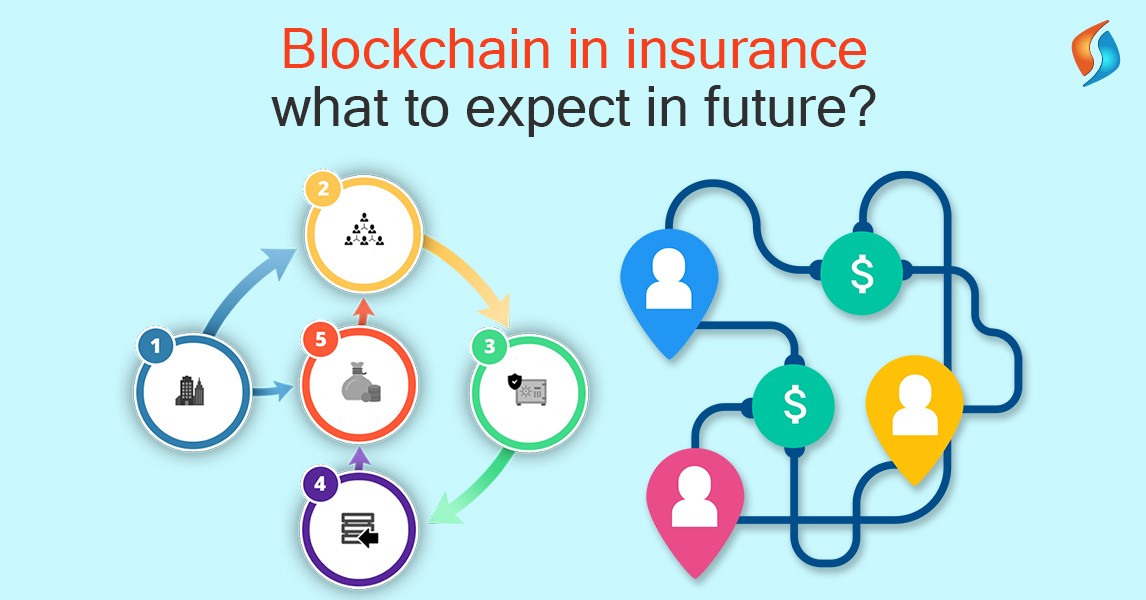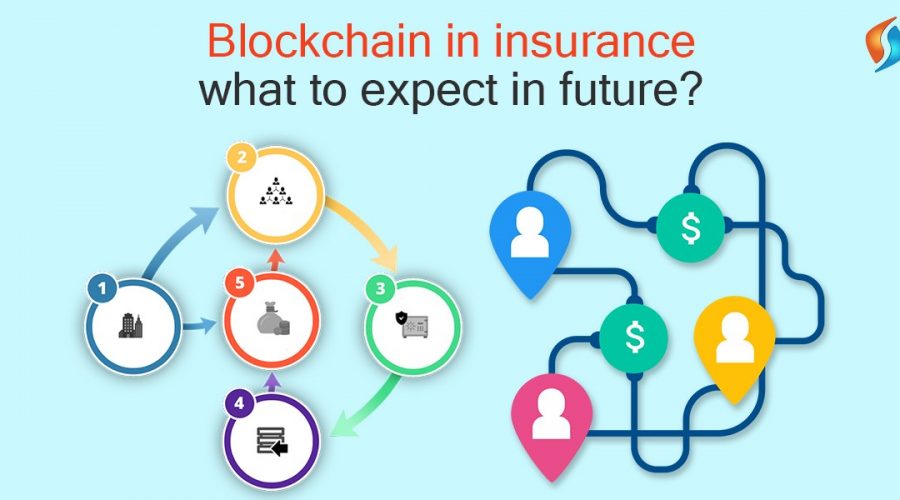Blockchain: Everything You Need to Know
Blockchain: Everything You Need to Know
A blockchain is a kind of diary or spreadsheet containing information about transactions. The journal encourages authors to digitally sign a file hash of submitted papers, which are then timestamped into the bitcoin blockchain. Authors are additionally requested to include a private bitcoin tackle within the first page of their papers for non-repudiation purposes. Scholars in enterprise and administration have started finding out the function of blockchains to support collaboration.
Can I trust Blockchain wallet?
Banks such as UBS are opening new research labs dedicated to blockchain expertise so as to discover how blockchain can be utilized in financial services to extend efficiency and cut back prices. Blockchains use varied time-stamping schemes, such as proof-of-work, to serialize modifications. Growth of a decentralized blockchain is accompanied by the risk of centralization because the pc assets required to process larger amounts of knowledge become more expensive. If one group of nodes continues to make use of the outdated software program while the opposite nodes use the new software program, a permanent cut up can occur.
What companies use Blockchain?
For instance, Ethereum has hard-forked to “make complete” the buyers in The DAO, which had been hacked by exploiting a vulnerability in its code. In this case, the fork resulted in a split creating Ethereum and Ethereum Classic chains.
If it confirms the validity, the transaction is placed in a block and after that no details about it can be modified. When someone decides to ship coins to anyone else they must sign the message containing the transaction with their private key. The system of two keys is on the heart of encryption and cryptography, and its use lengthy predates the existence of Blockchain.
Thanks to reliability, transparency, traceability of records, and knowledge immutability, blockchains facilitate collaboration in a means that differs both from the traditional use of contracts and from relational norms. Contrary to contracts, blockchains do not instantly depend on the legal system to implement agreements. In addition, contrary to the use of relational norms, blockchains do not require trust or direct connections between collaborators. Motivations for adopting blockchain technology have been extensively investigated by researchers.

However, Koens & Poll identified that adoption could possibly be heavily driven by non-technical elements. A sidechain is a designation for a blockchain ledger that runs in parallel to a major blockchain. One can’t be a part of it unless invited by the community directors. CryptoKitties additionally demonstrated how blockchains can be used to catalog recreation belongings (digital assets). In December 2018, Bitwala launched Europe’s first regulated blockchain banking answer that permits customers to manage both their bitcoin and euro deposits in a single place with the protection and comfort of a German checking account.
